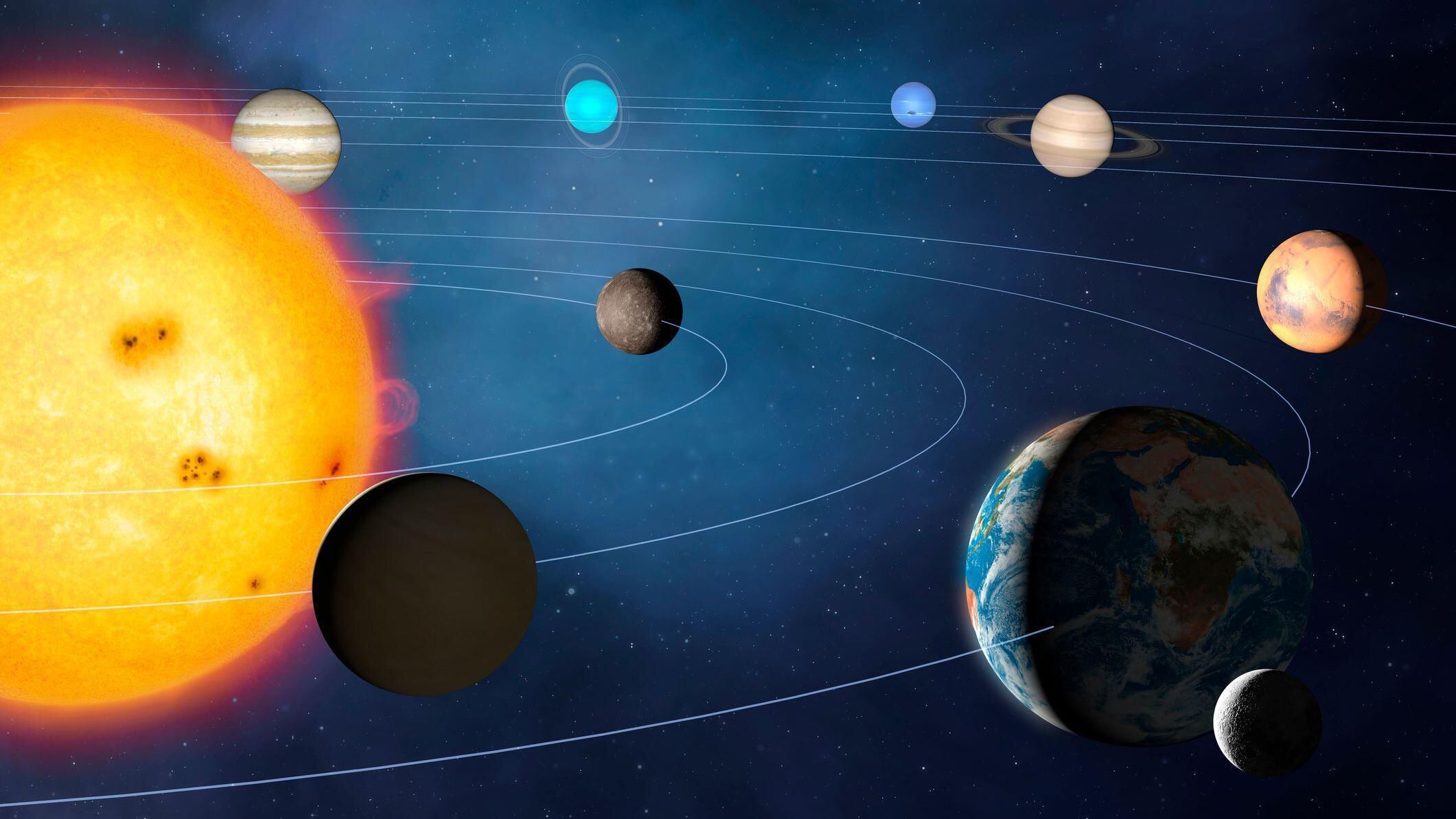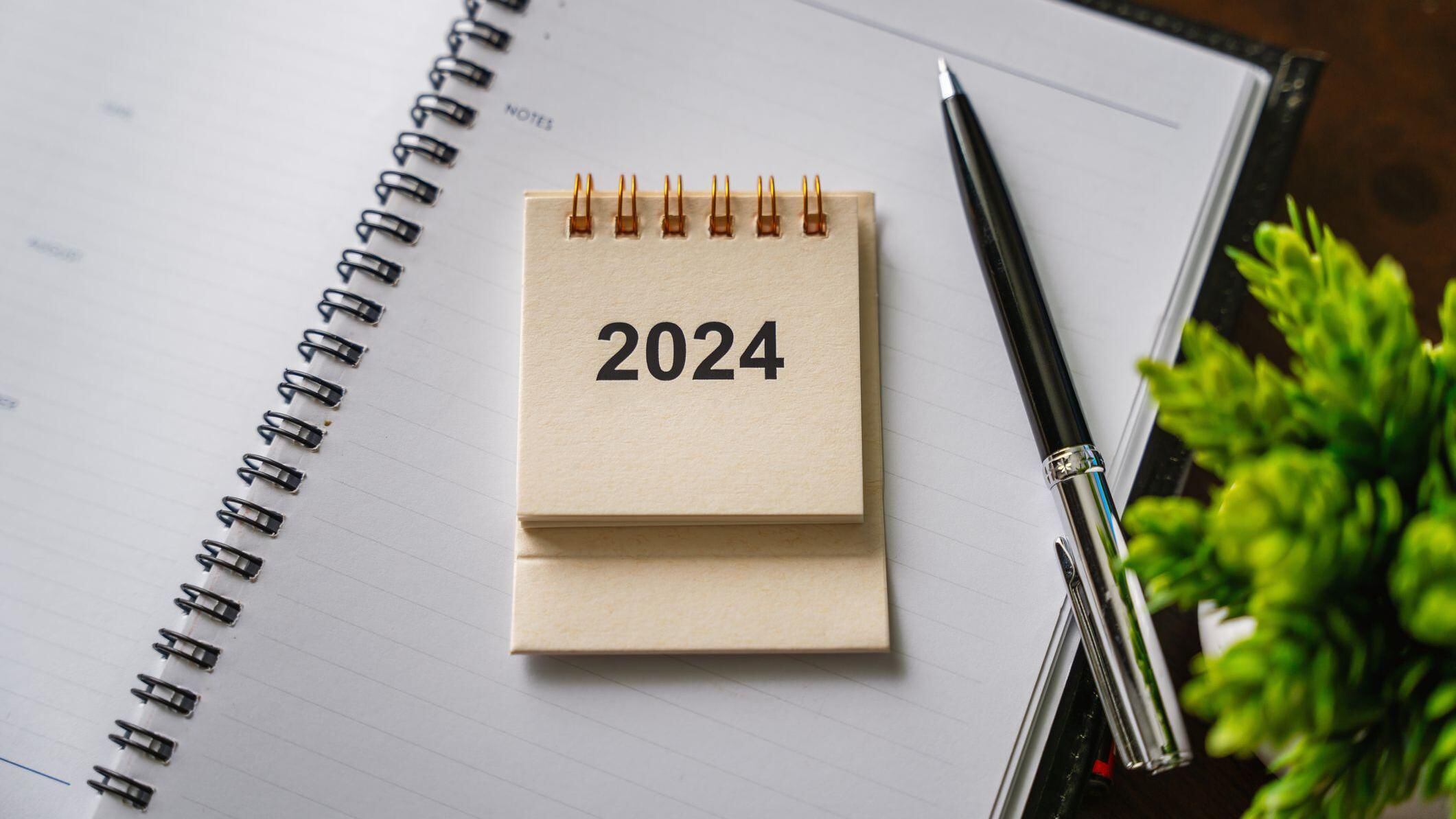Toasts and grapes, dances, resolutions and rituals… midnight on December 31st is a time of celebration, hope and counting for millions of people across the planet.
One year “ends” and another “begins” and, with it, aspirations for a better time and countless purposes and new goals.
LOOK: Rituals to welcome 2024: 8 cabals to enter the New Year on the right foot
It is the last day of the Gregorian calendar, the 365-day standard (plus a leap day) that has governed the West since the Julian calendar was discontinued in 1582.
Its passage celebrates the end of a cycle that has marked the accounts of time in different cultures for millennia: a complete revolution of the Earth around its star.
“What we traditionally understand by year, both in astronomy and in many cultures, is the period that our planet takes to go around the Sun”, says astronomer and academic Eduard Larrañaga, from the National Astronomical Observatory of the National University of Colombia. .
However, as the theoretical physicist also explains to BBC Mundo, the date on which a year begins and ends is not based on science, but is a convention; that is, a system, in the long run, “invented”.
“Assuming that the year ends at midnight on December 31st and begins on January 1st is a social construction, a definition that was made at a certain moment in history”, he states.
According to Larrañaga, as the basis for measuring a year is the time it takes for the Earth to go around the Sun, counting when this cycle begins and ends can occur, in practice, at any time.
“From an astronomical point of view, nothing special happens on December 31st to say that is where the year ends, nor does anything special happen on January 1st to say that is when it begins”, he highlights.
“In reality, throughout Earth’s orbit there is nothing special or out of the ordinary that marks the change of a year,” he adds.
But it doesn’t end there.
The exact length we give the year of 365 days (or 366 on leap days, as 2024 will be) is another social convention.
“In reality, there are many ways to measure the duration of a year” and if this is done in one way or another, the duration is not the same, says Larrañaga.
But how is this possible?
The length of the year
Since it was introduced by Emperor Julius Caesar in 46 BC. C., the Julian calendar served to count the passage of years and the history of Europe until the end of the 16th century.
However, since the Middle Ages, several astronomers realized that this way of measuring time produced a cumulative error of approximately 11 minutes and 14 seconds each year.
It was then that in 1582, Pope Gregory XIII promoted the reform of the calendar that we still use today and introduced leap years to correct the calculation errors in the Julian calendar.

Larrañaga explains that, from the point of view of astronomy, the basis for defining what a year is, there is no single unit of measurement, but at least four to count the time it takes the Earth to orbit the Sun.
Although Larrañaga emphasizes that they are all in the order of 365 days, assuming that this is the exact period of one year becomes a simplification.
But it also doesn’t take another factor into account.
“There is another issue, which is that, although we have these calculations, not every year lasts the same, they do not always have the same duration”, he states.
Over the years
According to the expert, although astronomers have tried to accurately calculate over the centuries the time it takes the Earth to orbit the Sun, there is a basic problem that prevents them from obtaining a definitive number.
“We must bear in mind that the length of years is never equal because In the Solar System everything changes. Let’s look at the anomalistic year: as the Earth revolves around the Sun, the perihelion changes as a result of the gravitational action of other planets, such as Jupiter,” he says.

The theoretical physicist highlights that something similar happens with the so-called average tropic year, which measures the time interval between two consecutive passages of the Sun through the Aries point or spring equinox, or the sidereal point.
“The average tropical year also changes, as it depends on the Earth’s axis, which is twisted. It’s like a top that keeps swinging. So the date and time of the equinox are also different,” he states.
“And if we compare how long the sidereal year lasted in 2020 with how long it lasted in 1300, we will certainly notice a difference. It would always be around 365 days, but it wouldn’t be exactly the same duration, because the movement of the Earth isn’t always the same,” he adds.
*This article was originally published on December 31, 2020.
Source: Elcomercio
I am Jack Morton and I work in 24 News Recorder. I mostly cover world news and I have also authored 24 news recorder. I find this work highly interesting and it allows me to keep up with current events happening around the world.

:quality(75)/cloudfront-us-east-1.images.arcpublishing.com/elcomercio/QU64GQEL5FHABPO47I5M7VG7PA.jpg)

:quality(75)/cloudfront-us-east-1.images.arcpublishing.com/elcomercio/M3B4ABO36ZCYRCHQRU6CFMWRHM.jpg)
:quality(75)/cloudfront-us-east-1.images.arcpublishing.com/elcomercio/5QHXBF3WQFDJRAZZVWS3C6DV4M.jpg)
:quality(75)/cloudfront-us-east-1.images.arcpublishing.com/elcomercio/BUO6EJ5KRZHLFCS3FWMMF5HBPQ.jpg)
:quality(75)/cloudfront-us-east-1.images.arcpublishing.com/elcomercio/4XELV2MPRJBEFAQHHY3C43N2BY.jpg)
